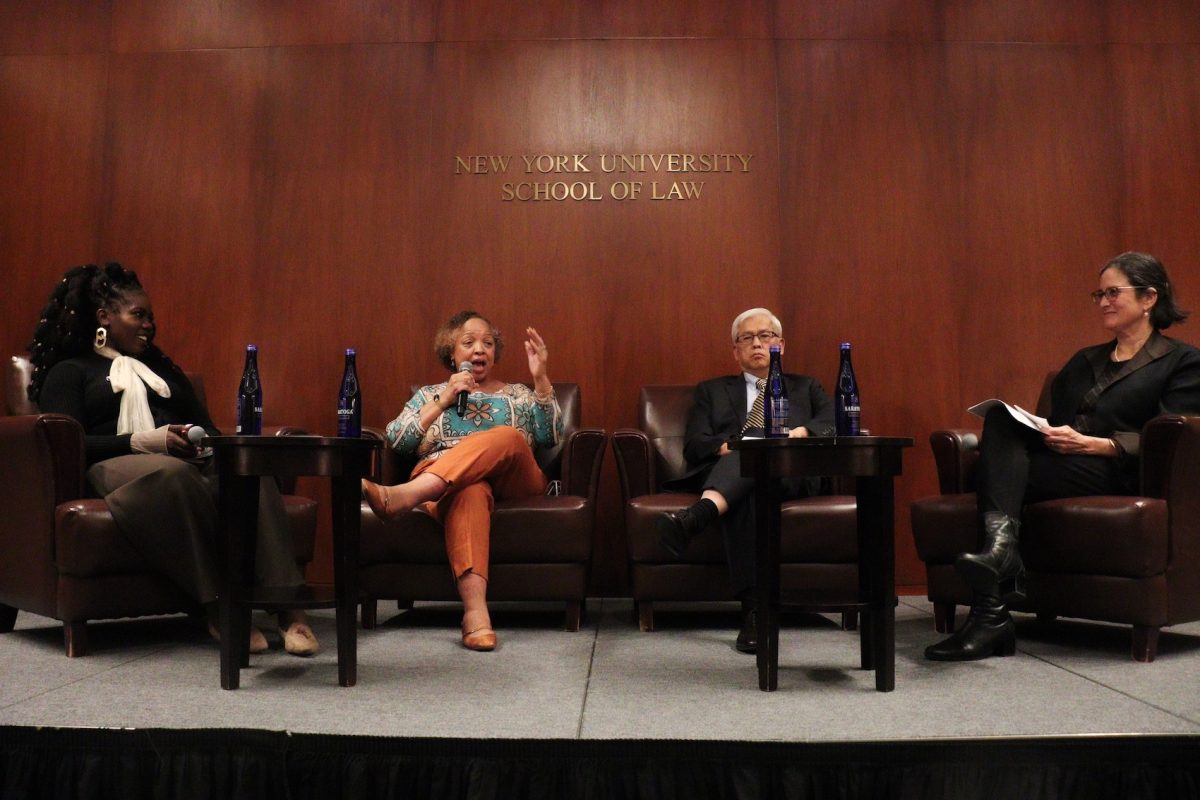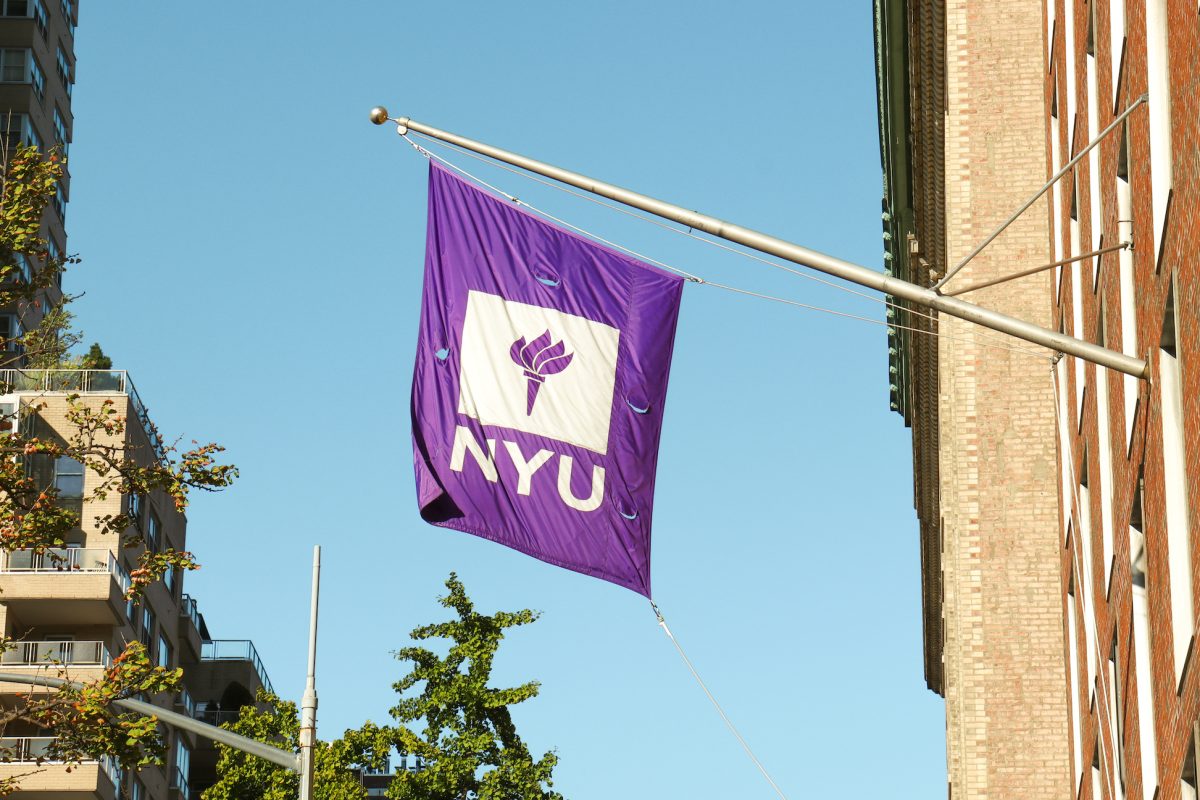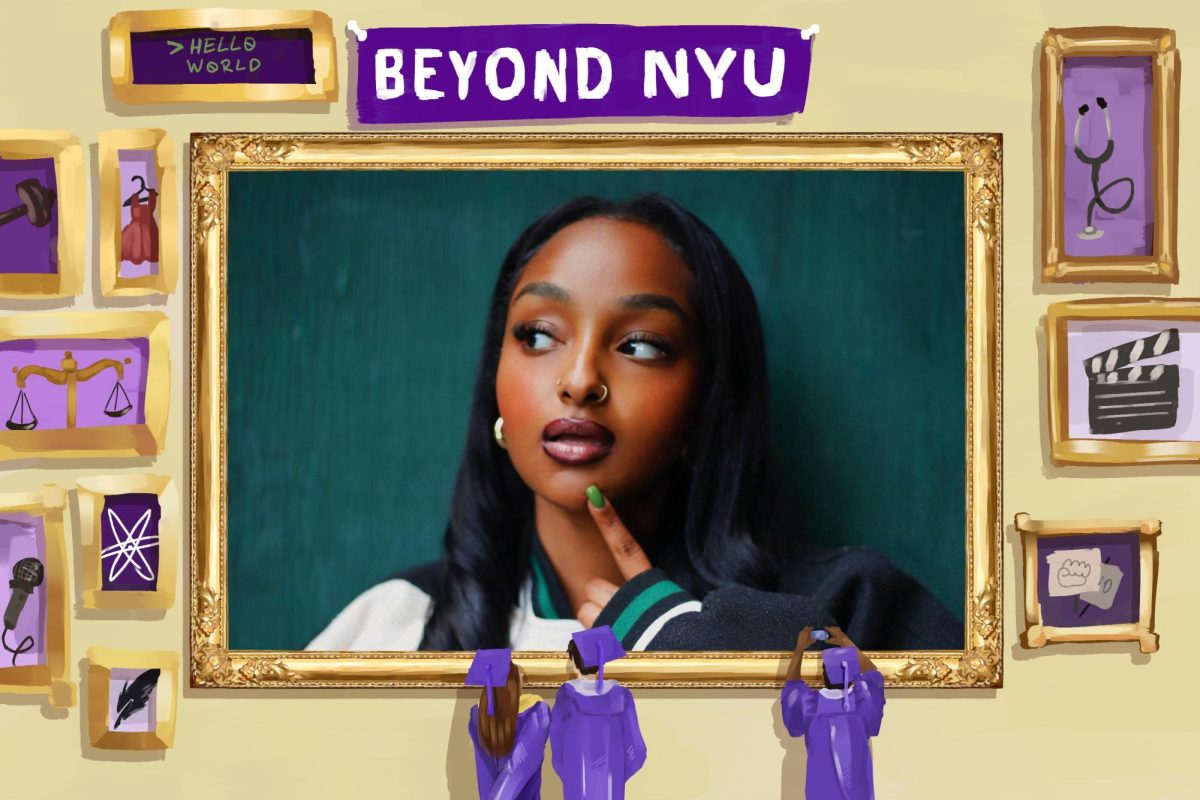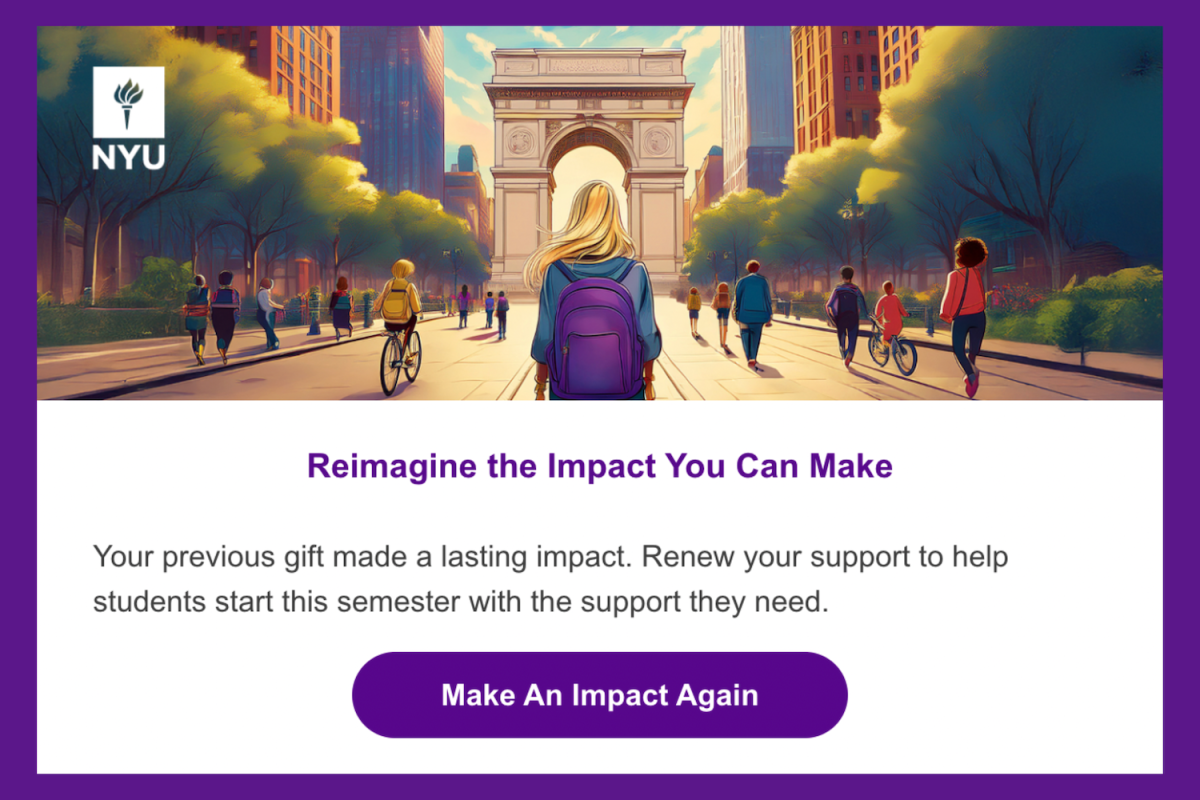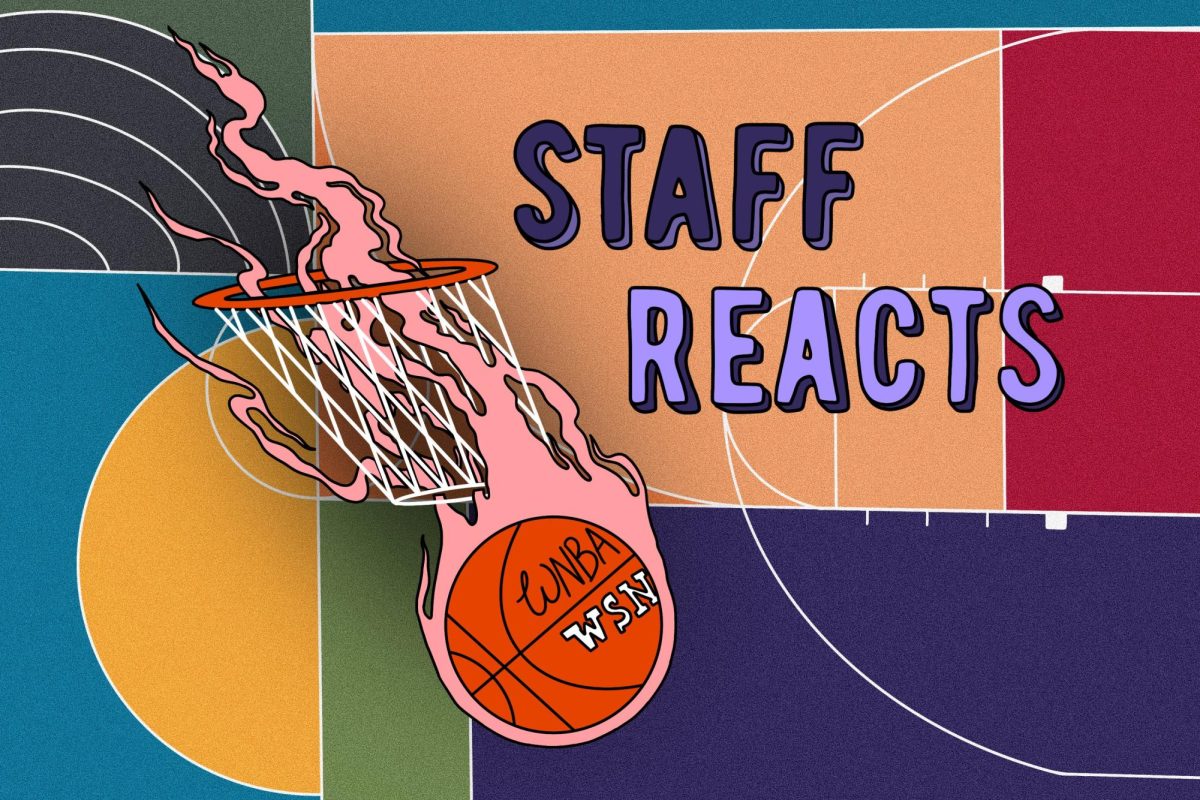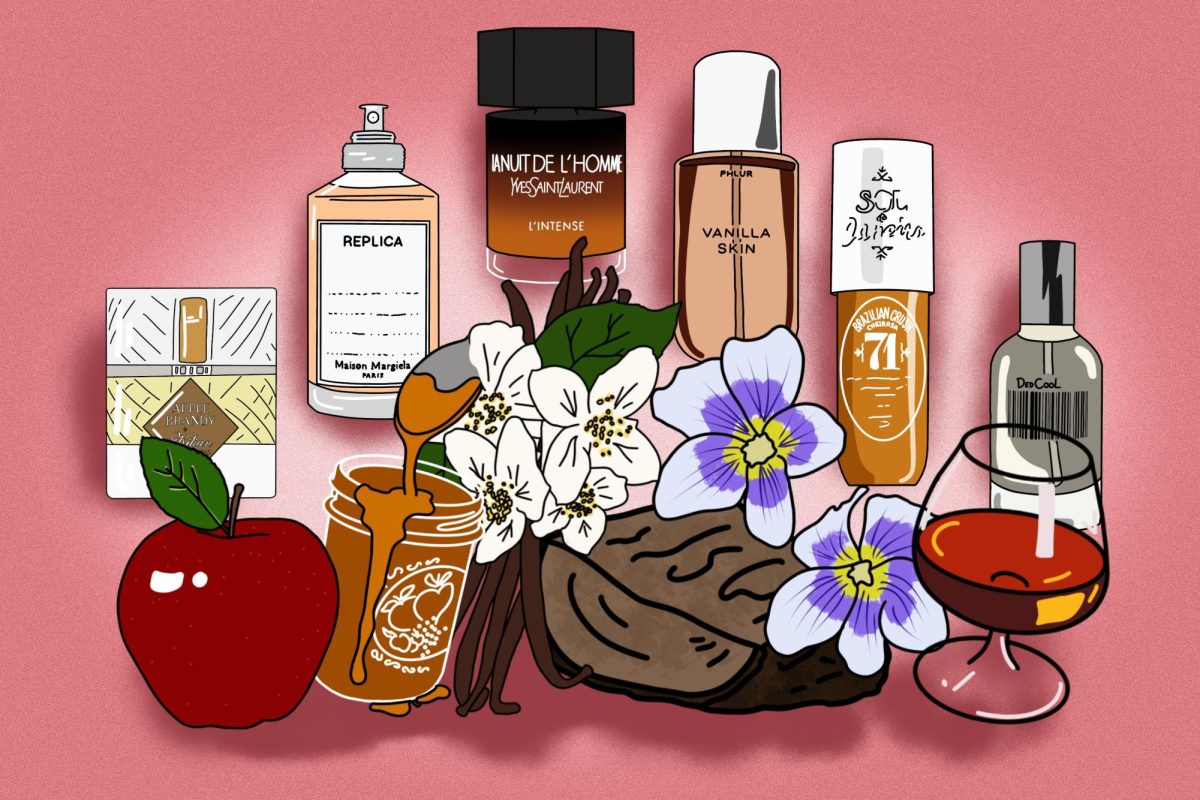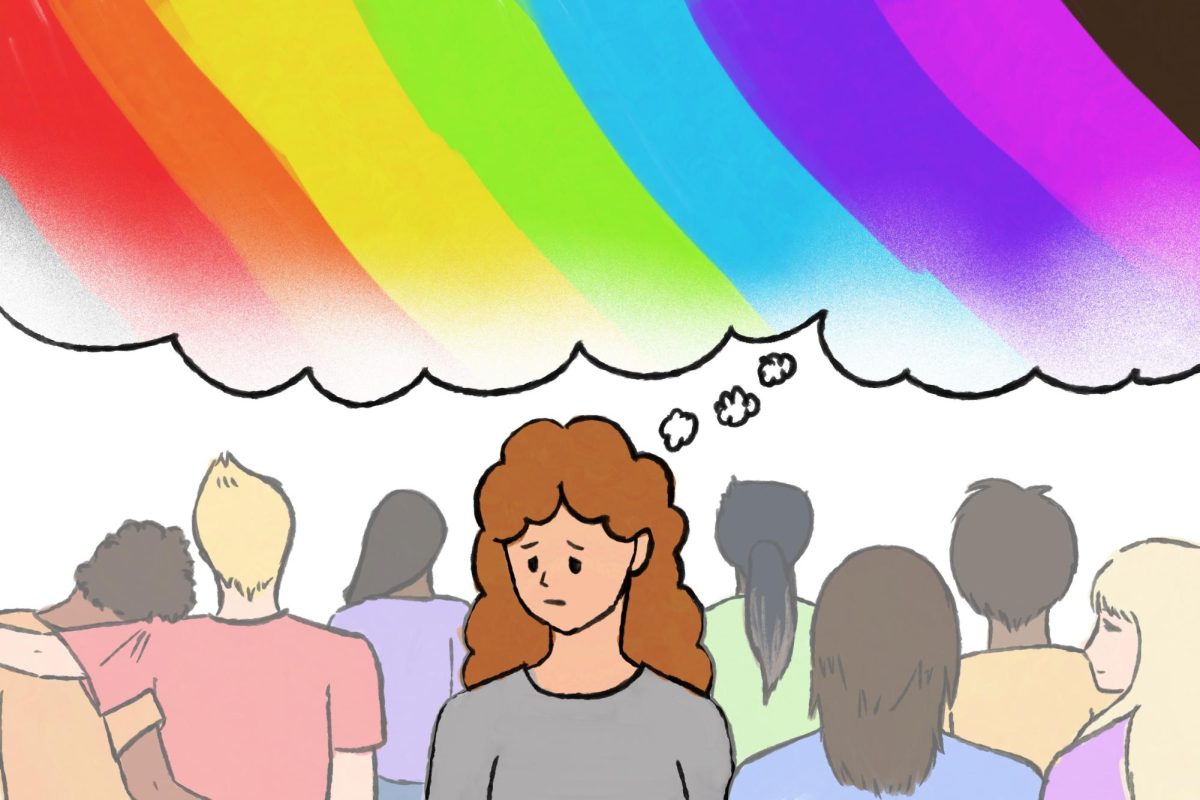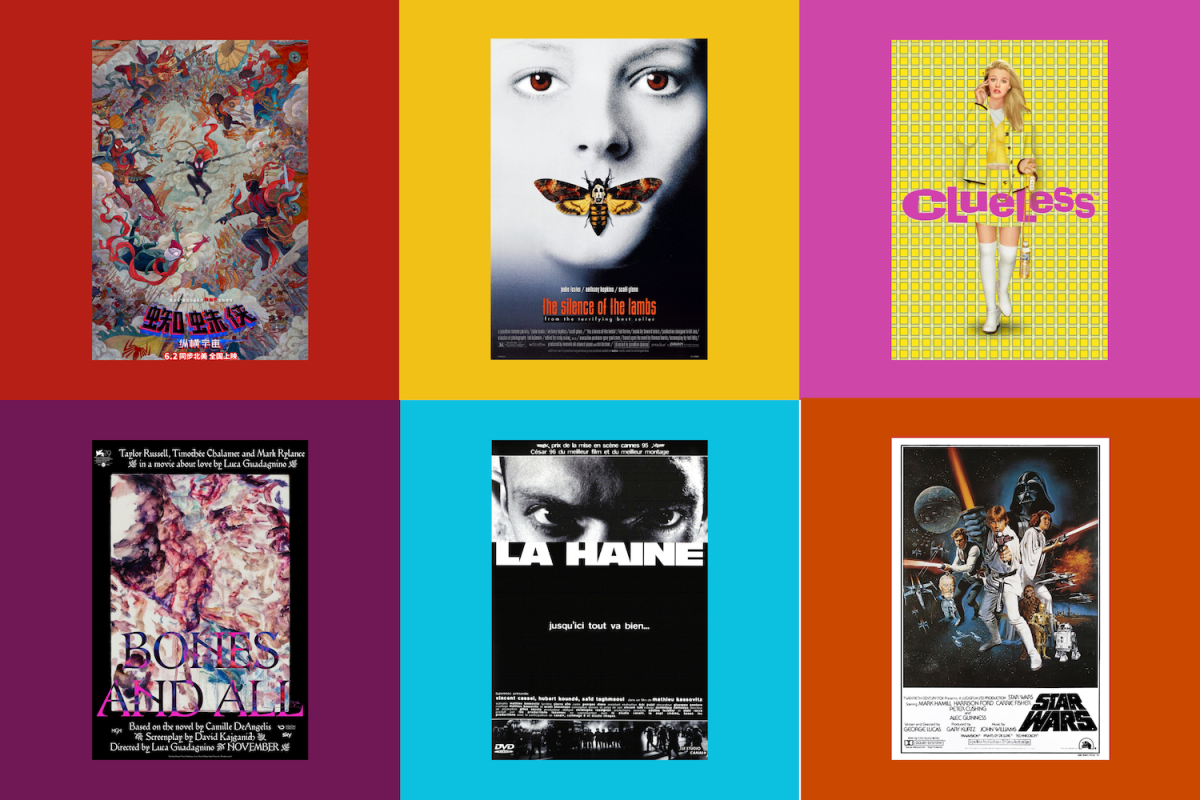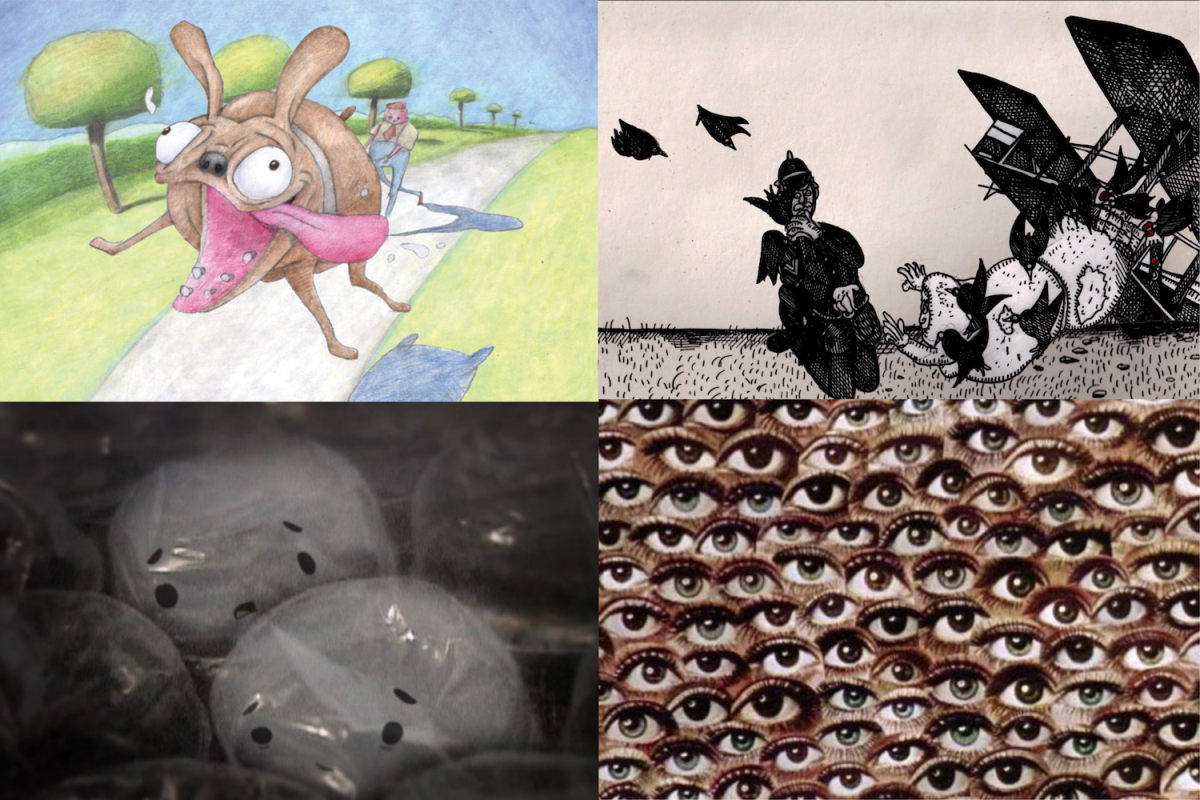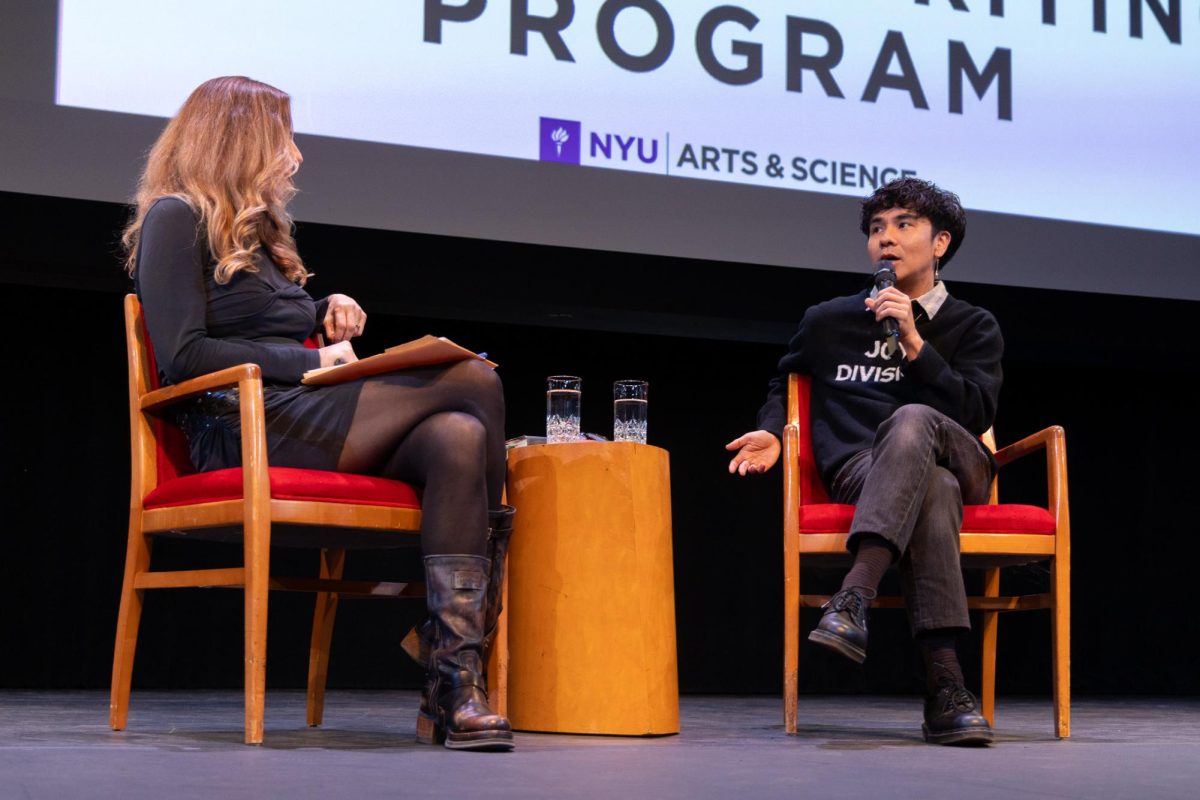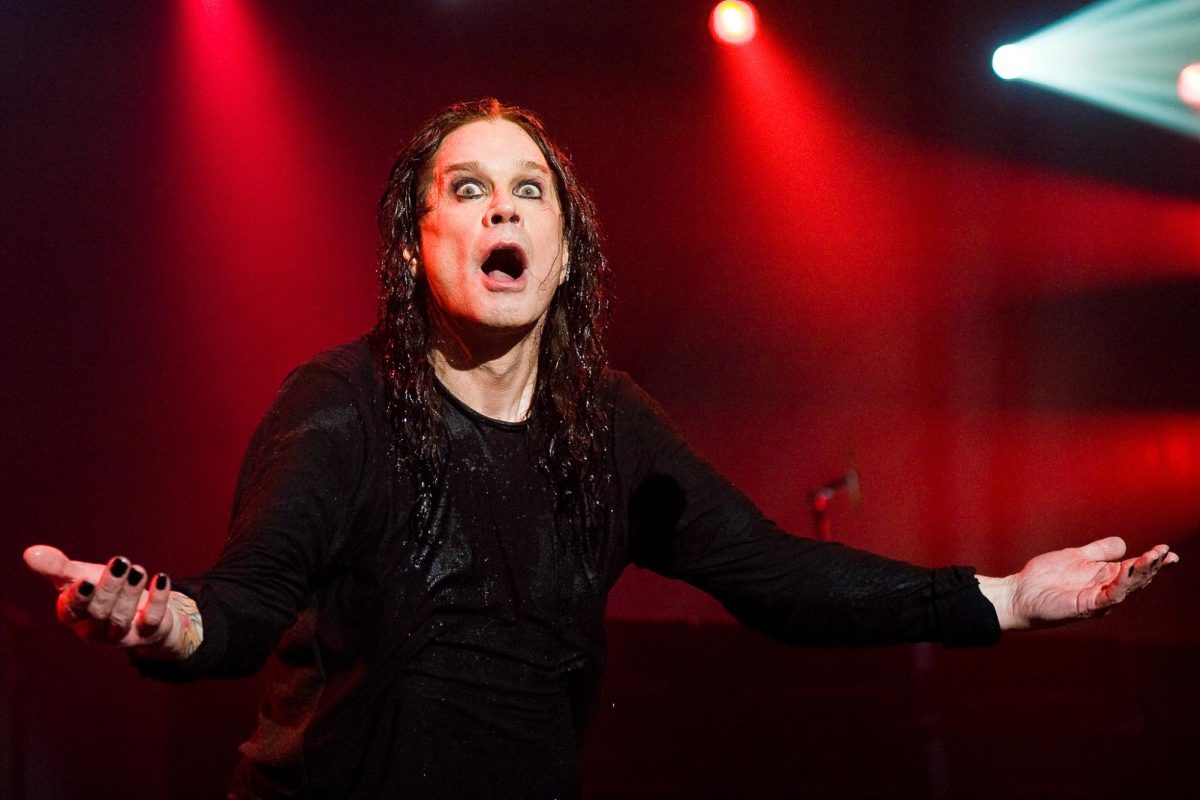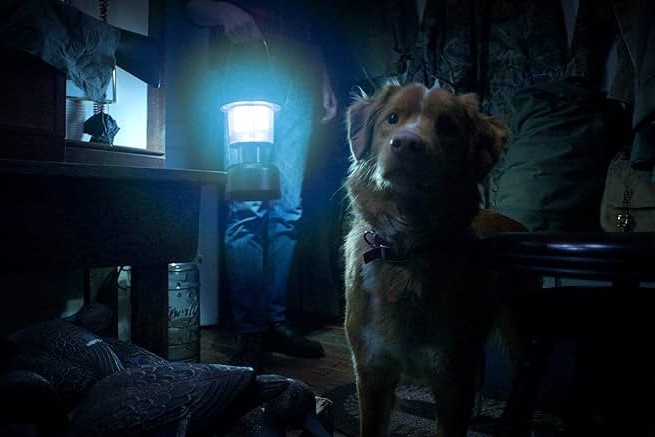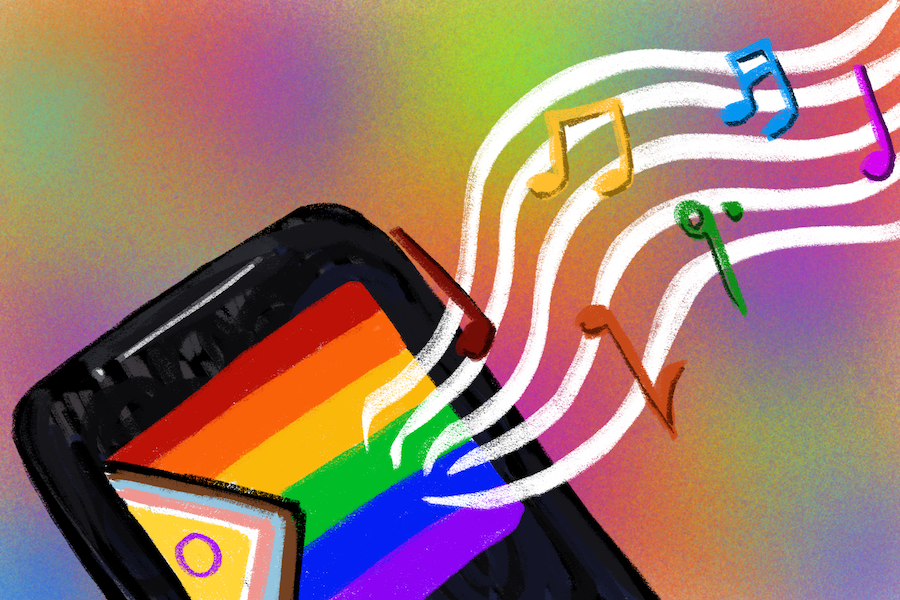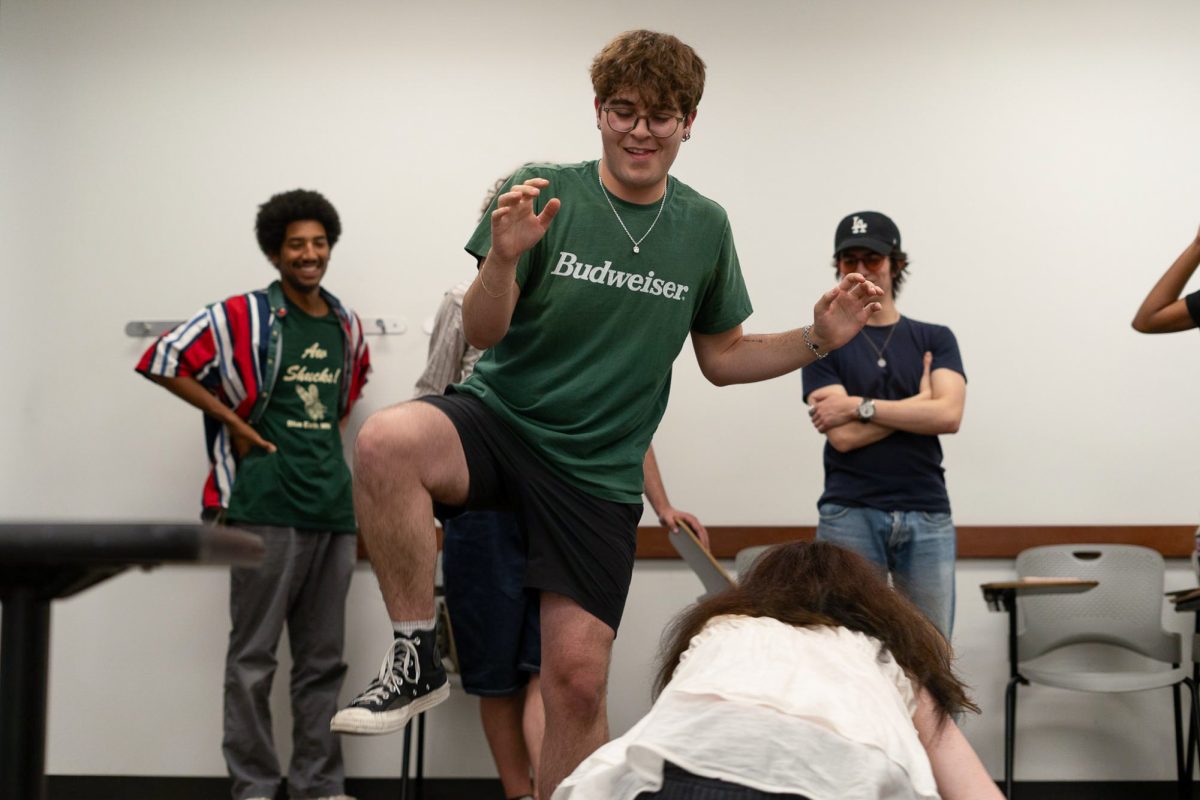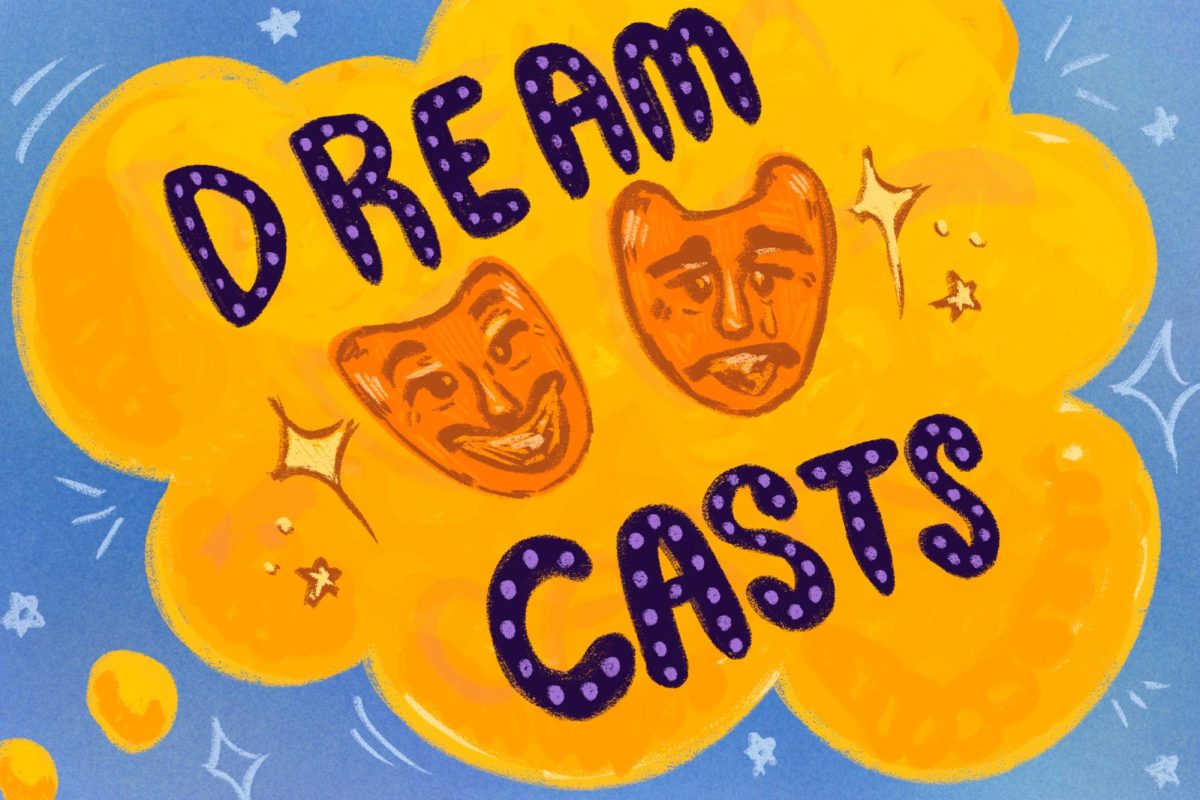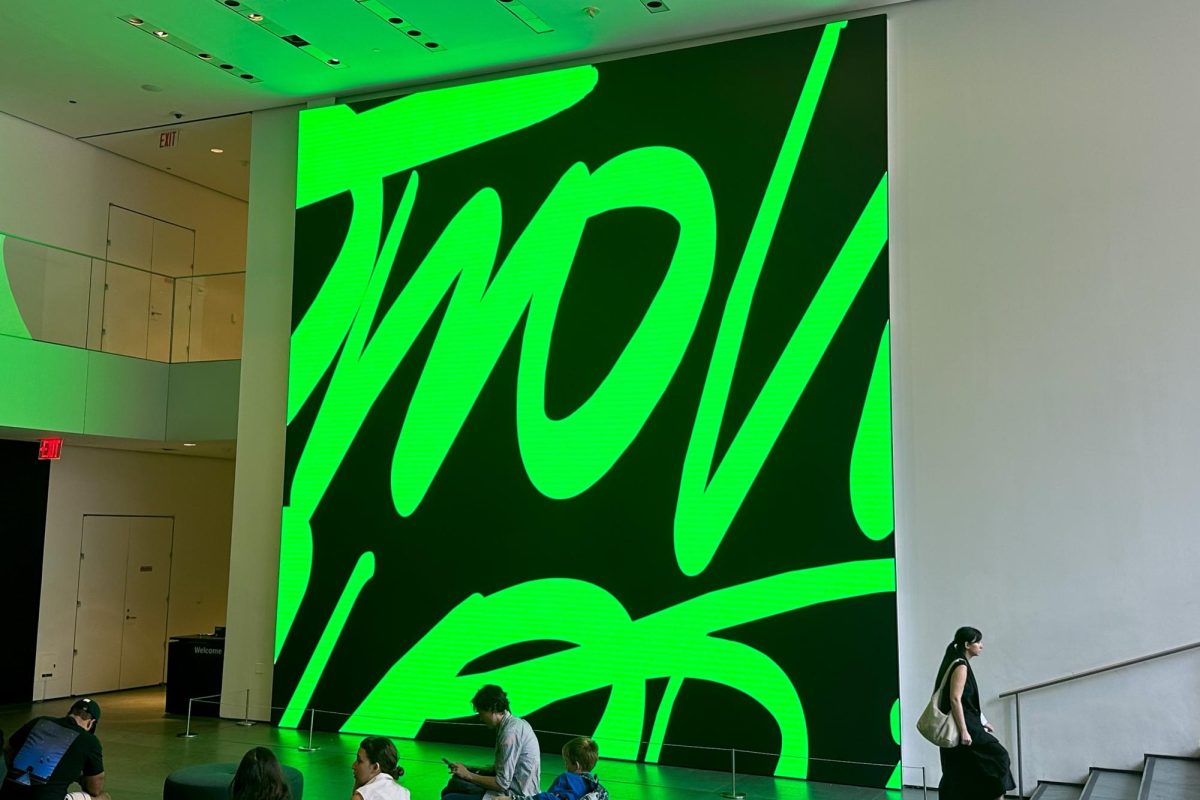Do you remember sitting in front of your parent’s computer in third grade, refreshing the subscription page for the newest nigahiga video? Or endlessly laughing at one of Shane Dawson’s many personas?
Many have that YouTuber that elicits an outpouring of nostalgia for their elementary and middle school years. Tisch first-year Leah Plante-Wiener picks her childhood go-tos.
“Definitely the Fine Brothers and the kids or teens react in 2012!” Plante-Wiener said. “They were really the only ones that [I] actively watched. There was something really special about watching people — especially kids — react to pop culture phenomenons.”
While Plante-Wiener watched the Fine Brothers because of their relatability with children, LS first-year Madi Torem was more curious about YouTube culture on the other side of the world during the early 2010s, like British vloggers Danisnotonfire and Zoella.
“They were, like, a really cool community and they were all buds,” Torem said. “Plus, they had the accent.”
Torem eventually stopped watching those YouTubers due to changing interests as she grew up, but some YouTubers, such as Filthy Frank, have consistently updated their video material to maintain the public’s attention over the last decade.
Filthy Frank, who was active on YouTube from 2011 to 2017, released eye-catching, vulgar videos poking fun at current trends and groups of people, according to Tisch sophomore Charlie Hattabaugh.
“[Filthy Frank is] essentially the pioneer of non-PC YouTube culture,” Hattabaugh said. “Filthy Frank truly paved a new territory for YouTube.”
As YouTube grew in popularity and variety with comedy channels like Filthy Frank’s and relatable content such as the Fine Brothers, YouTubers began to get paid for their content, altering the trajectory of YouTube from a fun filming hobby to a full-time profession.
“[Filthy Frank] was making ridiculous and inappropriate YouTube videos way before monetization became a factor,” Hattabaugh said. “He wasn’t doing it for any other reason than to have fun and make people laugh.”
As more and more money infiltrated YouTube, content creators focused increasingly on what attracted the highest number of views instead of what they wanted to produce themselves.
Tisch first-year and YouTuber Jeric Brual experienced the effects of this trend firsthand during his vlogging days from 2012 to 2015.
“Up until approximately 2013, [YouTube] was very much ‘do it yourself’ and watch the success follow,” Brual said. “[YouTubers] pretty much make as much noise as possible to become the number one Twitter trend to make [themselves] heard.”
As the Paul Brothers rack up millions of views for their nth controversy and PewDiePie, known for his gameplay and commentary videos, faces off against Indian YouTube company T-Series for the title of the most popular YouTube channel, Brual finds making content a bit demotivating.
There is no telling how long this recent trend will continue to affect smaller or older content creators. However, the legacy of YouTubers like Shane Dawson, Zoella and Filthy Frank marks YouTube’s rise as a popular form of social media, and remains an avenue for young adults to take a trip down memory lane.
Email Nina Schifano at [email protected].





